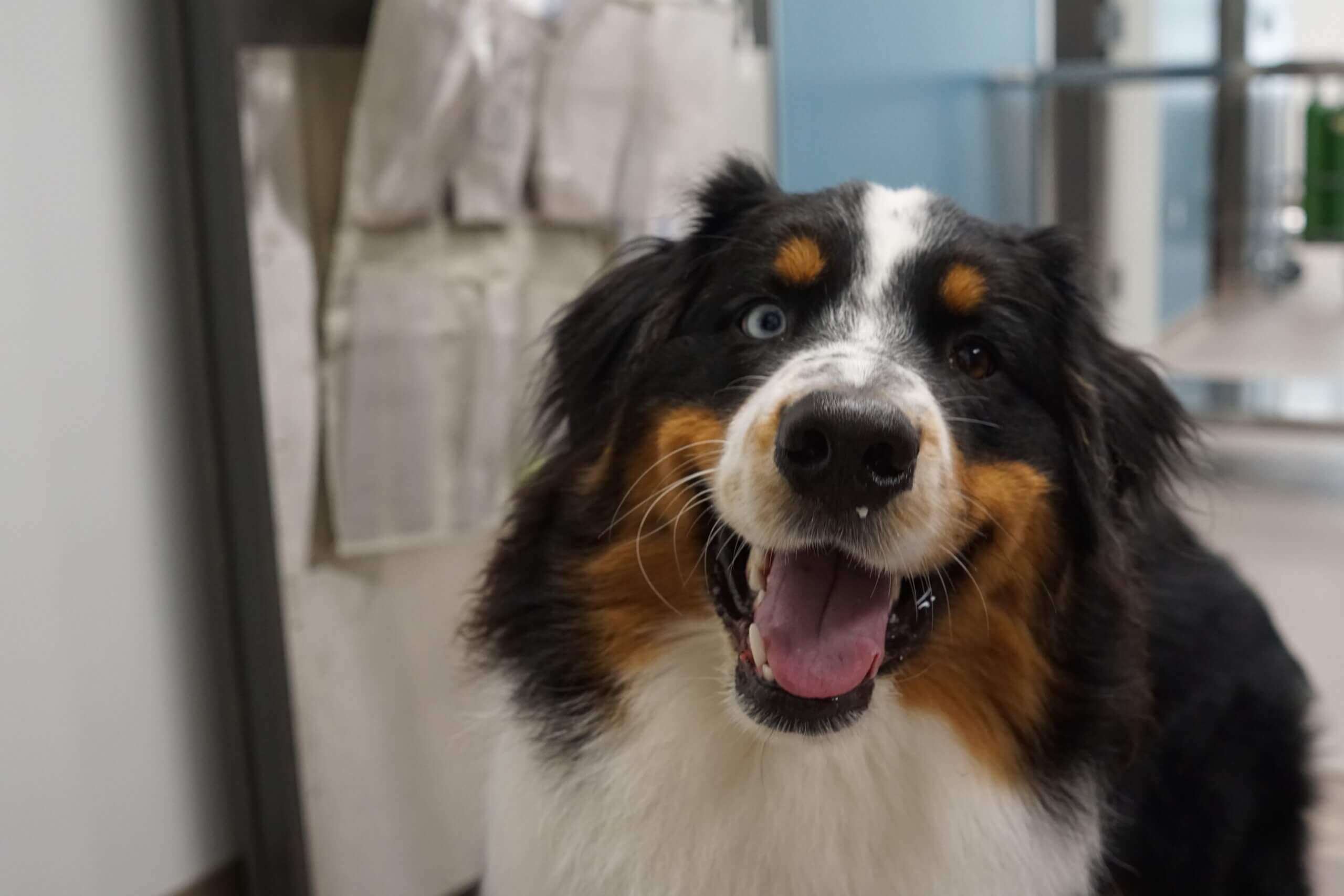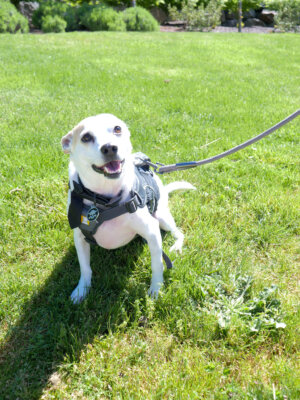Snake bites are a serious and potentially life-threatening emergency for pets. As warmer weather draws families and their pets outdoors, encounters with venomous snakes—such as copperheads, rattlesnakes, or water moccasins—become more common. Knowing how to act quickly could save your pet’s life.
Signs Your Pet May Have Been Bitten by a Snake:
- Sudden swelling, especially around the face or limbs
- Puncture wounds (sometimes hidden under fur)
- Bruising or bleeding at the bite site
- Whimpering, limping, or signs of pain
- Weakness, collapse, or labored breathing
What You Should Do:
- Stay calm and try to keep your pet still to slow the spread of venom.
- Do not attempt to suck out the venom or apply ice or a tourniquet.
- Carry your pet to the car if possible, to prevent exertion.
- Seek emergency veterinary care immediately.
Venom from a snake bite can spread quickly through a pet’s system, causing tissue damage, internal bleeding, and even organ failure if not treated promptly. Antivenom may be required depending on the severity of the bite and the type of snake.
Prevention Tips:
- Keep pets leashed and on marked trails when hiking.
- Avoid tall grass or rocky outcrops where snakes may hide.
- Be especially cautious during early mornings and evenings, when snakes are more active.
Snake bites are always an emergency. If you believe your pet has been bitten, contact your nearest emergency veterinary hospital immediately.
Don’t wait—fast action can make all the difference in recovery.





